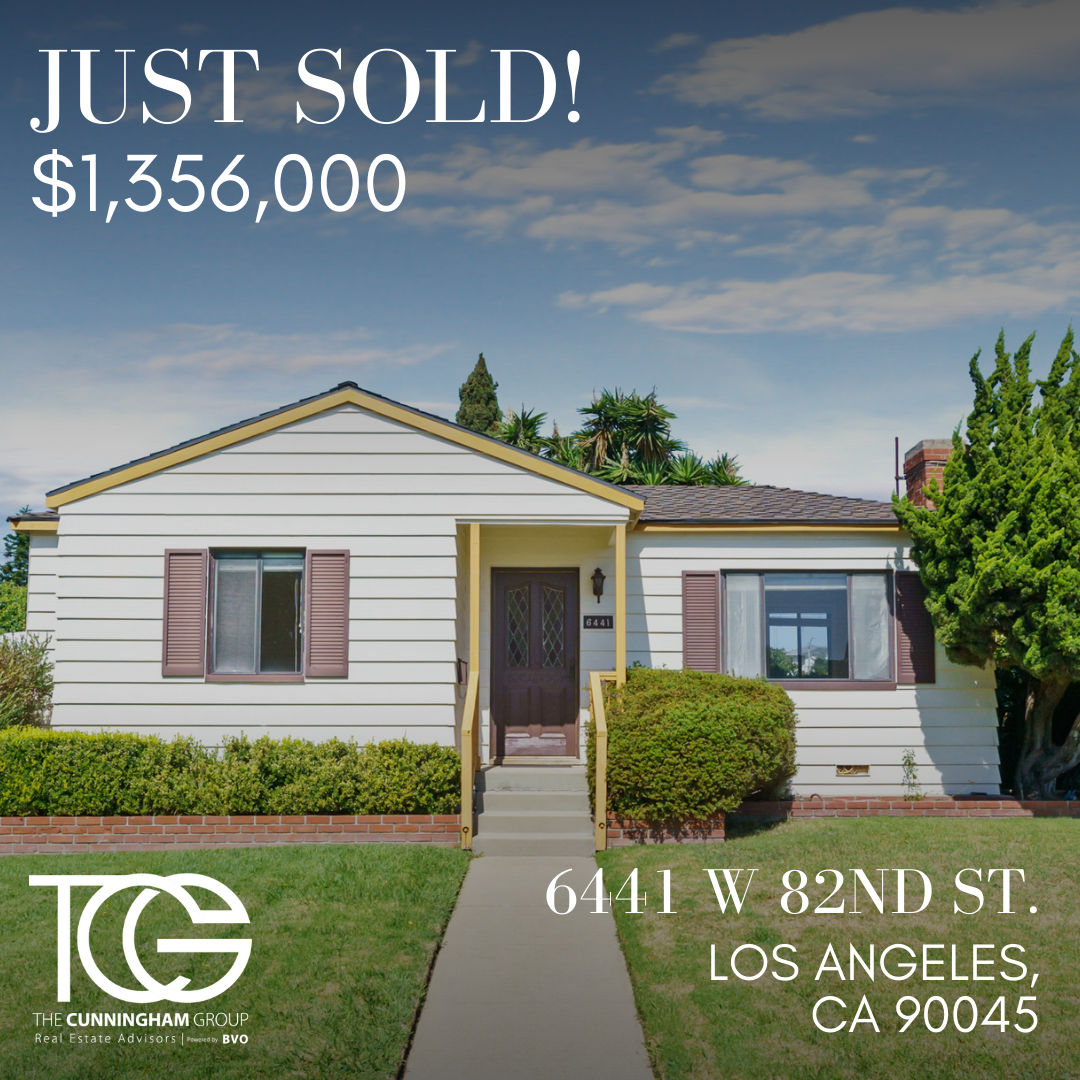What’s a Seller Carryback, and Is It Right for Me?

Seller Financing in residential real estate transactions – also called Seller Carryback, because the seller is “carrying the note” – means that a buyer will make mortgage payments to the seller rather than obtaining third-party financing from a bank, credit union or mortgage wholesaler. Different from a lease option or lease purchase, the buyer receives title to the property and the seller holds a lien as the mortgage lender.
In residential deals for single-family homes, condos or small multi-unit properties in Los Angeles, seller financing agreements typically
amortize payments over a 30-year schedule but run for a much shorter period of time, usually 18 to 36 months, before a
balloon paymentof the full balance is due (usually paid by the buyer obtaining traditional financing).
Seller carryback arrangements usually save buyers money through lower interest rates, and give buyers time to reorganize personal finances to achieve more favorable long-term rates down the road.
Sellers benefit not only by collecting interest, but are usually able to sell their property at a higher price by offering loan terms that banks can’t beat. Some sellers may also benefit from spreading out tax liability across multiple tax years.
Carryback opportunities are relatively difficult to find in Los Angeles, however, as they are only viable for sellers who have little to no existing mortgage payoff and don’t need proceeds from the sale to purchase a replacement home or conduct
a tax-deferred 1031 Exchange.
But they do happen!
I represented the seller of an inherited second home in the Westchester neighborhood of Los Angeles in late 2022, when many buyers were crashing out of deals due to quickly rising mortgage interest rates. By taking a 40% down payment and extending seller financing on the remaining 60% for 21 months, we pushed multiple offers $156,000 above asking price, and my seller also received thousands of dollars in interest income for a year and nine months after the sale.
Here are some of the major points to consider:
BUYER UPSIDES:
- Lower interest rates
- No loan origination fees
- Build equity while improving personal finances
BUYER DOWNSIDES:
- Sellers usually need a higher down payment than a bank
- A balloon payment will be due, so be sure you can obtain financing before your deadline
SELLER UPSIDES:
- Higher sales price and increased net proceeds
- No buyer loan or appraisal contingencies
- Sellers collect interest on money owed
- Potentially spreading out capital gains tax obligations
SELLER DOWNSIDES:
- Legal costs and inconvenience to pursue foreclosure if buyers default
- Sellers can’t do a tax-deferred 1031 Exchange if they carry the note for an investment property
BEST PRACTICES FOR SELLERS:
- Make sure the buyer’s down payment is enough to cover outstanding loans, cost of sale, initial tax obligations and any other immediate financial needs
- Have your agent order a buyer-paid tax notification service to make sure the buyer is paying their property taxes on time
- Have your agent instruct escrow to make sure the buyer has home insurance that also covers the seller’s interest as lender
- Sellers should charge at least the federal minimum interest rateto avoid liability for “foregone” interest that’s considered a taxable gift
- Always consult with an attorney or tax specialist
Call me at
(310) 733-0931 to discuss your personal situation in the context of current market trends.
Joe Piasecki
Jasan Sherman Real Estate Collective
Coldwell Banker Realty
DRE 02158933






